A torn labrum can derail your shoulder’s stability and motion. If you suspect this injury, time is crucial. Discover the signs, treatments, and recovery path for a torn labrum ahead.
Key Takeaways
- The labrum is crucial for shoulder stability and motion, acting as an anchor for the upper arm bone, and can be torn due to repetitive motion, traumatic injury, or age-related degeneration.
- Labral tears manifest with symptoms such as pain, instability, and mechanical issues like popping; non-surgical treatments include rest, medications, and physical therapy, while severe cases may require arthroscopic surgery.
- Recovery from labral repair surgery involves a multi-stage rehabilitation process guided by a physical therapist to regain strength and flexibility, with athletes potentially requiring up to a year to fully recover.
Deciphering the Shoulder Labrum and Its Function
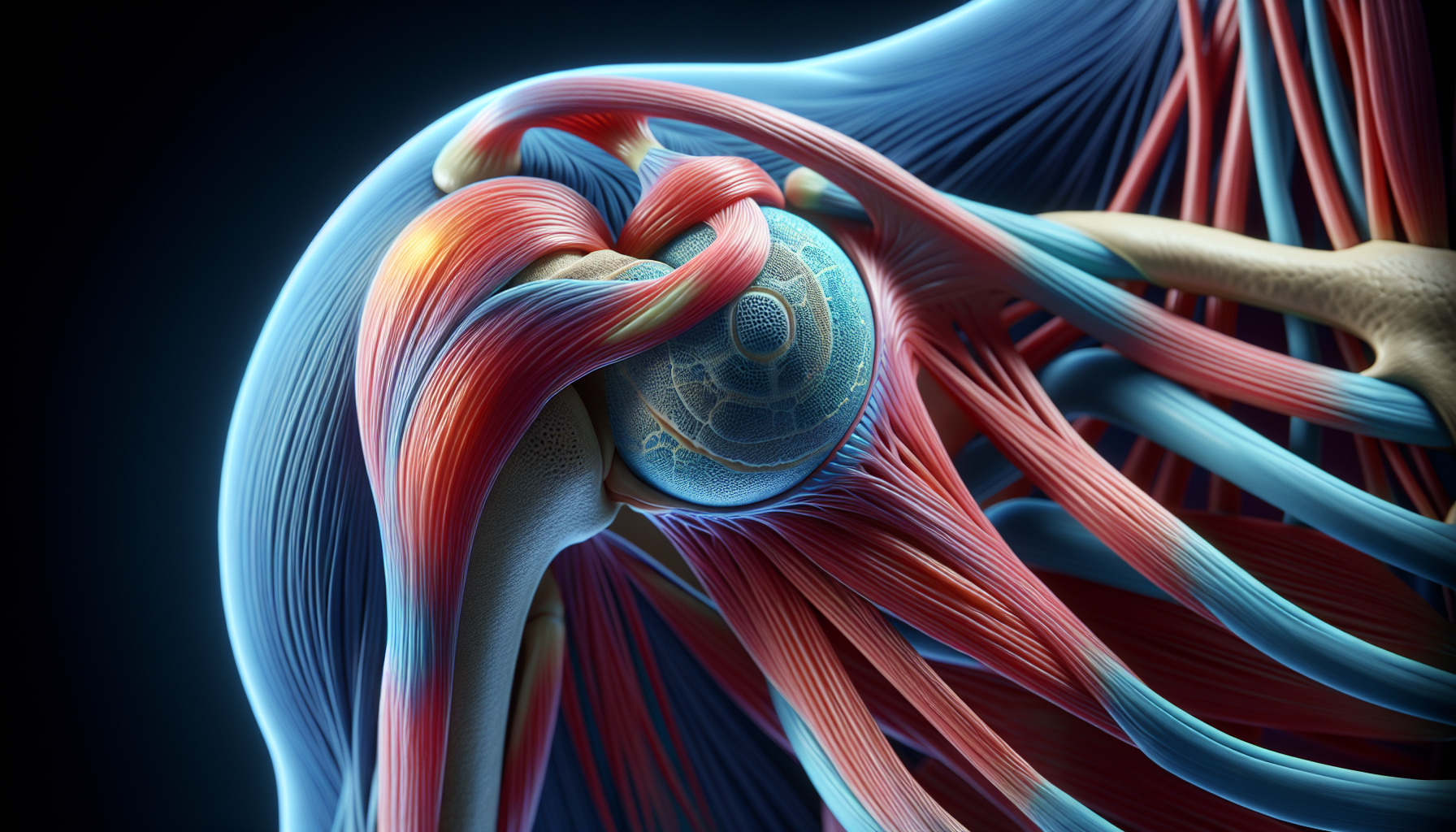
Nestled within the bustling hub of the shoulder joint, the labrum is a bastion of stability. This rubbery cartilage, lining the shoulder socket known as the glenoid, acts as the keeper of the upper arm bone, securing it in place. Just as a golfer’s glove grips the club firmly for a perfect swing, the labrum deepens the socket, ensuring that the ball of the upper arm doesn’t stray during the dynamic motions of life.
Aside from providing stability, the labrum also serves as a junction for the ligaments and the biceps tendon, orchestrating a symphony of movement and strength. As the superior labrum anterior to posterior (SLAP) extends its reach, the rotator cuff tendons and rotator cuff muscles weave around the shoulder blade, all anchored by the labrum. It’s a nexus of function, as essential to the shoulder as a keystone is to an arch, ensuring that every lift, throw, and wave is executed with precision.
The Anatomy of a Torn Shoulder Labrum
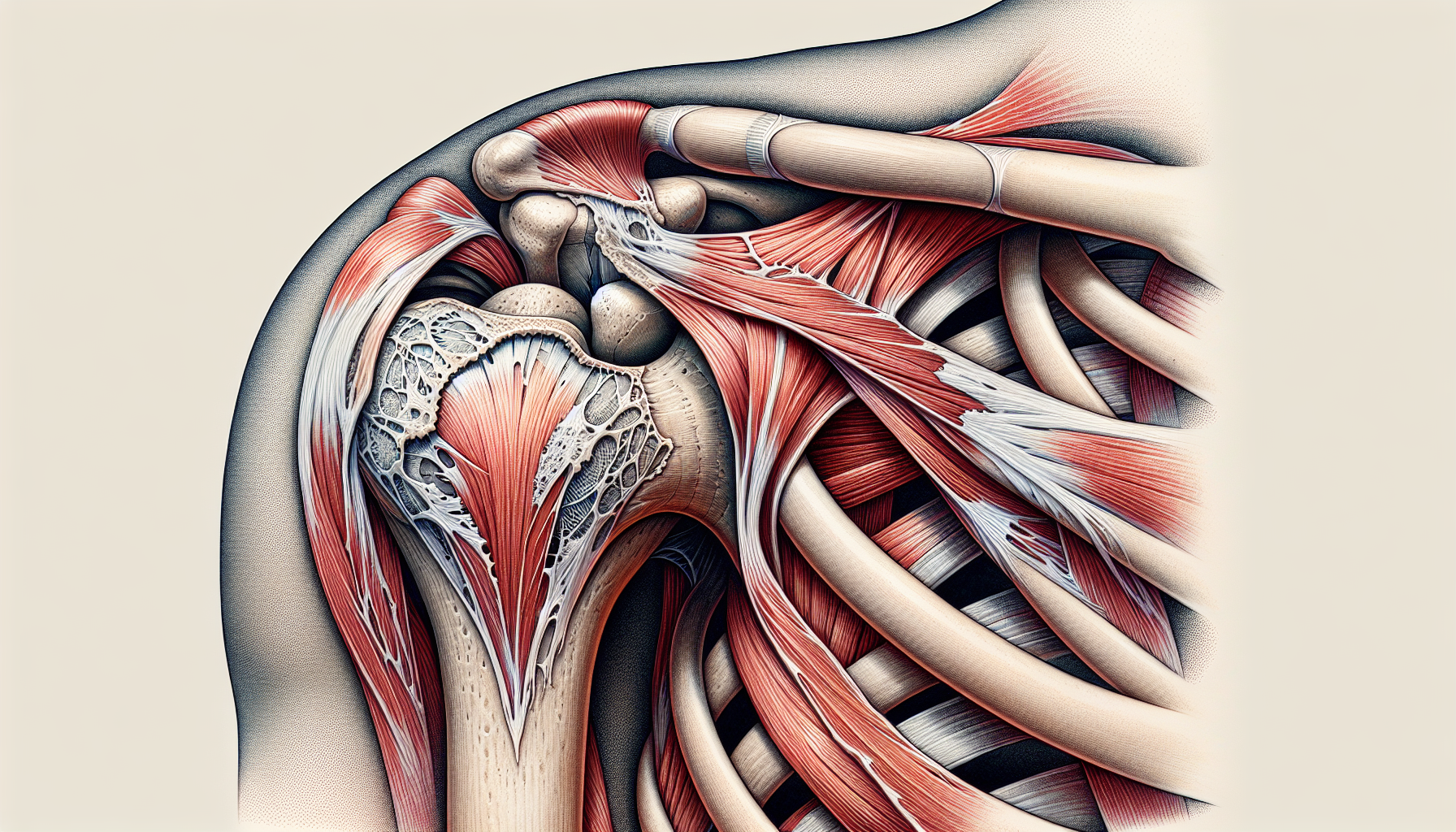
When the labrum’s integrity is compromised, the harmony of the shoulder joint faces discord. A torn shoulder labrum—a tear in the cartilage that lines the glenoid cavity—can lead to a cascade of issues, from pain and instability to the unsettling sensation of the shoulder giving way. These issues are often referred to as the “tears of the shoulder.”
Peeling back the layers of this complex structure, we can explore the signs that indicate its distress and the various kinds of tears that can afflict this vital cartilage.
Identifying the Symptoms of a Labral Tear
An ambiguous ache or instability in the shoulder, often experienced as shoulder pain, serves as the initial subtle hint of a labral tear, potentially hinting at more acute symptoms to come. It’s not uncommon for individuals to describe a sensation of their shoulder slipping, an unsettling premonition that all is not well within the joint’s confines.
The labrum’s distress doesn’t end there, as it can exhibit a variety of mechanical symptoms—popping, catching, or grinding—indicating that the once seamless movement is now hindered. Furthermore, the arm’s range of motion may dwindle, and the strength once relied upon might fade, as if the shoulder is retreating from its duties, weighed down by the strain of the tear.
Types of Labral Tears: SLAP and Bankart Lesions
Labral tears are not a monolith; they come in varied forms, each with its map of affliction. SLAP lesions, for instance, which are often referred to as slap tears, mark their territory at the glenoid’s apex, where the biceps tendon anchors itself—a strategic point vulnerable to the rigors of overhead arm motion.
Then there are the Bankart lesions, distinguishable by their location at the glenoid’s anterior or inferior frontier, a terrain often marred by the trials of an anterior dislocation. Unlike their posterior counterparts, Bankart tears speak of an injury that has thrust the head of the humerus forward, breaching the labrum’s anterior defenses.
Each type of tear carries its burden, with symptoms and consequences as distinct as the movements that may have caused them.
Causes Behind Labral Tears in the Shoulder
Repetitive motions—such as the recurring draw of a bow, the relentless throws of a pitcher, or the continuous strokes of a swimmer—often form the root cause of labral tears. These repeated actions can fray the labrum over time, much like the constant turning of a key wears down its grooves. Traumatic injuries too, such as a fall on an outstretched hand or the impact from contact sports, can lead to labrum tears in an instant.
However, shoulder labral tears are not exclusive to athletes; the process of aging also contributes to degeneration, making the labrum more brittle and prone to tears. Whether through the vigor of sport or the slow march of time, the labrum can find itself in the throes of injury, challenging the shoulder’s stability and function.
Diagnosing a Torn Labrum: From Physical Exams to Imaging
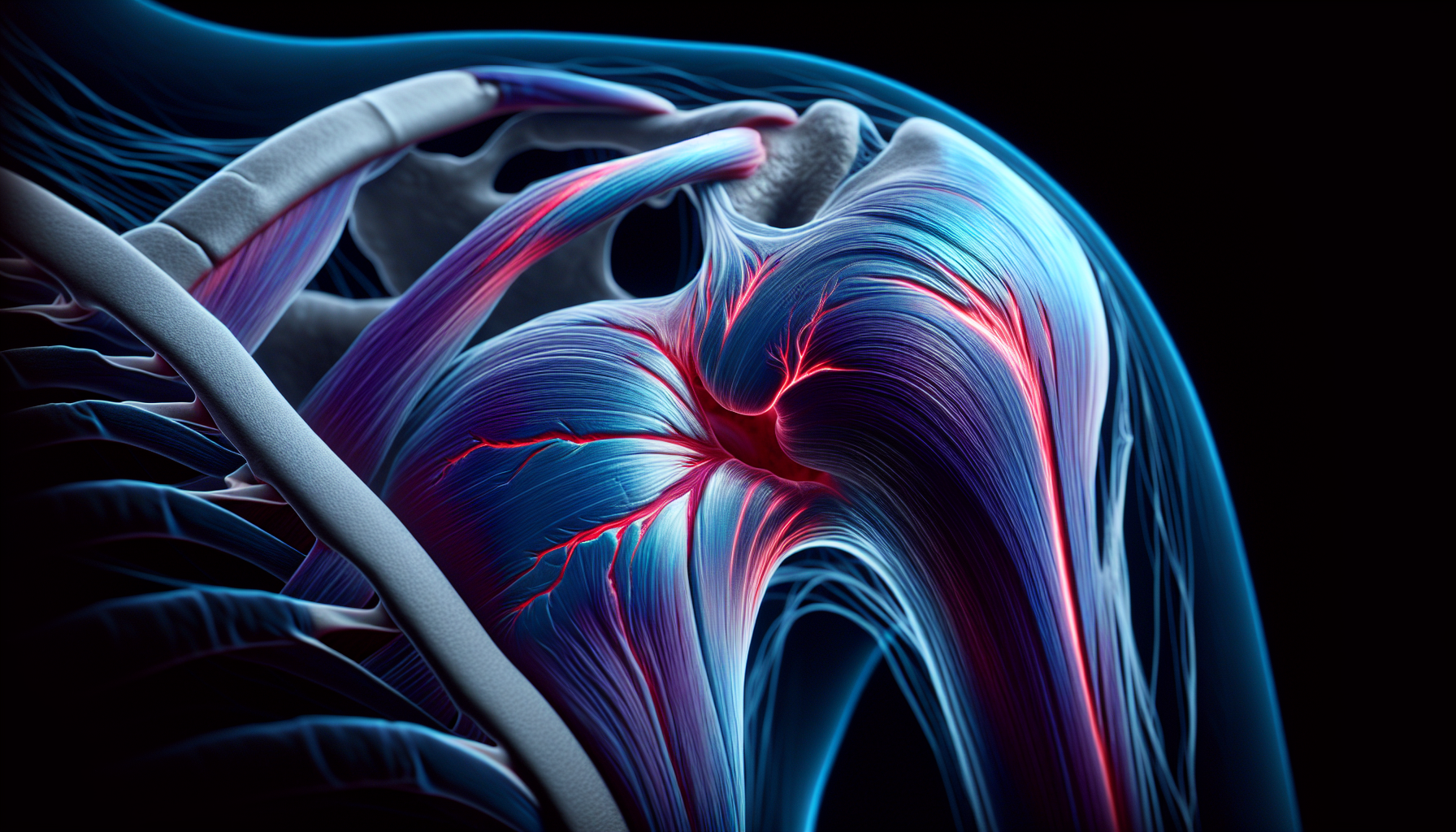
The journey to uncovering the mystery of a labral tear commences with a physical examination, delving into the patient’s history, and understanding the narrative of the pain. The orthopedist’s practiced hands move the shoulder through a series of tests, each maneuver probing for the hidden narrative of the injury. Yet, even the most astute clinical assessments may only hint at a tear, leaving room for doubt and the need for a clearer picture.
This is where the gaze of modern imaging intervenes—MRI scans and CT arthrograms, with their contrast mediums, illuminate the shadowed corners of the shoulder, revealing the extent and nature of the labrum’s injury. But even these advanced techniques have their limitations, as some tears may elude even their detailed scrutiny. It’s a dance of diagnosis, where each step brings us closer to understanding the affliction within.
Nonsurgical Treatment Options for a Torn Labrum
Not all labral tears necessitate surgical intervention. For some, rest is the first balm, a respite from the movements that aggravate the wounded cartilage. The healing touch of time, paired with the relief of anti-inflammatory medications and the cool embrace of ice, can often coax the labrum back toward health.
But the path to recovery is not passive; it is an active journey of rehabilitation through physical therapy. Exercises tailored to the shoulder’s needs gradually restore its lost strength, nurturing the muscles that support the labrum, and in turn, the integrity of the joint. It’s a testament to the body’s capacity for healing, where patience and persistence can sometimes obviate the need for the surgeon’s skill.
When Surgery Becomes Necessary: Exploring Arthroscopic Techniques
However, there are instances when the labrum’s distress cannot be alleviated by conservative treatments alone. If the shoulder labral tear deepens or the shoulder persists in its treacherous dance of dislocation, shoulder labral tear surgery may beckon. Arthroscopic surgery, with its minimally invasive approach, beckons as a beacon of hope for those seeking solace from persistent labral pain and shoulder labrum tears.
Through small incisions, a tiny camera and instruments weave their way into the shoulder’s inner sanctum, guided by the deft hands of the surgeon. This realm of arthroscopy offers the dual promise of less collateral damage to the surrounding tissues and a swifter return to the rhythms of daily life. It is a decision not taken lightly, for the right candidate, under the right circumstances, surgery can be the key to unlocking a return to stability and function.
Post-Surgery Recovery: Timelines and Rehabilitation Programs
The journey to recovery post-labral repair surgery is characterized by significant milestones, including:
- Initially, the constant use of a sling
- Gradual restoration of the shoulder’s strength and flexibility
- Weeks of near-immobility
- Months of gym workouts to reintroduce the shoulder to the demands of strength
Each phase of recovery is a step toward reclaiming the joint’s former glory.
But patience is the traveler’s friend, for it can take up to a year for an athlete to stand triumphant, fully recovered, ready to return to the sport they love.
Role of a Physical Therapist in Labrum Tear Recovery
A physical therapist plays a central role in this recovery journey, guiding and crafting the roadmap back to health. In collaboration with the surgical team, they chart a course through the turbulent waters of healing, calibrating each exercise to the patient’s unique needs and the intricacies of their surgical repair.
It’s a dance of incremental progress, where strengthening and mobilizing exercises build upon each other, leading the shoulder through its paces to return not just to former functions, but to a state of improved resilience. The therapist’s guidance is a lighthouse, steering the patient clear of the shoals of overexertion, ensuring that each movement brings them closer to their destination: a fully recovered shoulder.
Preventive Measures for Athletes and Active Individuals
The saying “an ounce of prevention is worth a pound of cure” holds in the context of labral tears. For the athlete, vigilance is key—monitoring pitch counts, refining the mechanics of a throw, and being attuned to the body’s whispers of fatigue and discomfort. It’s about creating a balance between pushing the limits and heeding the warning signs that may herald an impending tear.
Stretching and strengthening, the twin pillars of prevention, fortify the shoulder against the onslaught of repetitive motion and the perils of intense activity. From the baseball diamond to the tennis court, these practices are a shield against the potential ravages of labral injury, especially in sports demanding overhead exertion. Prevention is the athlete’s steadfast ally, safeguarding the longevity of their passion and performance.
Expert Insights from Dr. Kevin D. Plancher
Amid the discussion on labral tears, Dr. Kevin D. Plancher’s expert guidance provides a beacon of light in the fog of uncertainty. As a board-certified orthopaedic surgeon and founder of Plancher Orthopaedics, his expertise illuminates the path forward for those grappling with shoulder injuries.
Dr. Plancher’s credentials, from his role with the U.S. Ski Team to his leadership in medical education, speak to his intimate understanding of the athlete’s condition. His insights into the causes, treatments, and preventative strategies for labral tears are forged in the crucible of experience, offering a perspective as invaluable as it is informed.
Summary
As we reach the end of our exploration, we reflect on the shoulder labrum’s crucial role in our daily and athletic endeavors. We’ve traversed the symptoms and types of labral tears, uncovered the causes, and navigated the routes of diagnosis and treatment. Whether through the gentle approach of nonsurgical methods or the precise intervention of arthroscopic surgery, the journey to recovery is one of patience, persistence, and expert care.
May this knowledge serve as a guide for those seeking to understand their pain, a resource for those on the path to healing, and an inspiration for those endeavoring to prevent future injuries. Remember, the resilience of the human body, coupled with the wisdom of medical science, paves the way toward not just recovery, but also the possibility of emerging stronger than before. Contact Plancher Orthopaedics and see how we can help you with a torn labrum.
Frequently Asked Questions
What exactly is the shoulder labrum, and why is it important?
The shoulder labrum is a ring of cartilage that lines the shoulder socket, providing stability and serving as an attachment site for ligaments and the biceps tendon, crucial for maintaining joint integrity and facilitating smooth movement. It is important for overall shoulder function.
How do you know if you have a torn labrum?
You can know if you have a torn labrum by observing symptoms such as shoulder pain, feelings of instability, or mechanical symptoms like popping and catching. However, an accurate diagnosis usually requires physical exams and imaging, such as MRI scans or CT arthrograms.
Can a labral tear heal without surgery?
Yes, some labral tears can heal with rest, pain management, and physical therapy exercises aimed at strengthening the shoulder muscles, especially if the tear is not severe. Surgery may not always be necessary for recovery.
How long does it take to recover from labral tear surgery?
Recovery from labral tear surgery can take anywhere from six months to a full year. A personalized rehabilitation program and gradual reintroduction of shoulder activities are essential for complete recovery.
What are some preventive measures to avoid a labral tear?
To prevent a labral tear, athletes should monitor their pitch count, practice proper pitching mechanics, perform stretching and strengthening exercises, and be attentive to signs of fatigue and discomfort. These measures can help avoid the risk of injury.

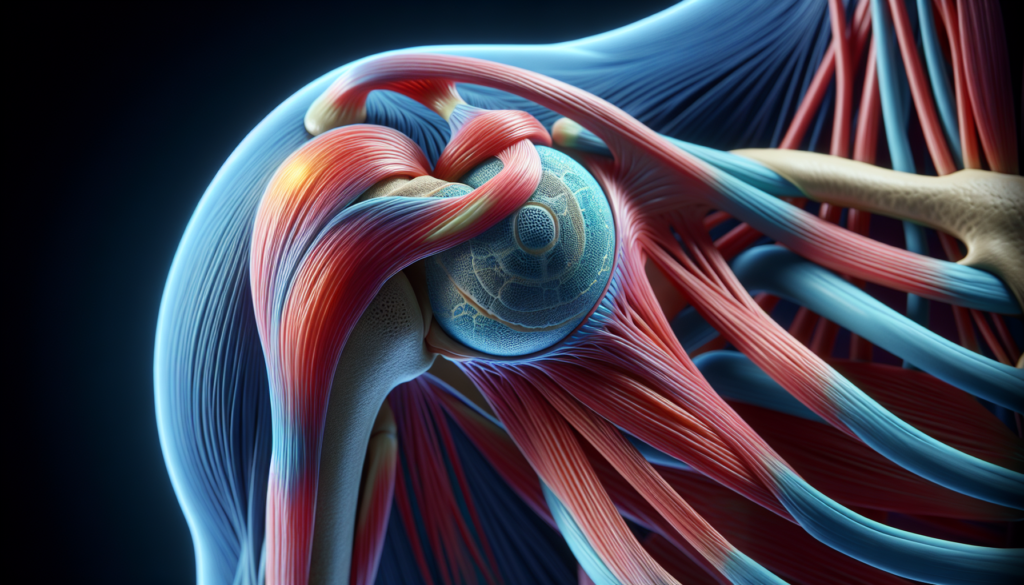
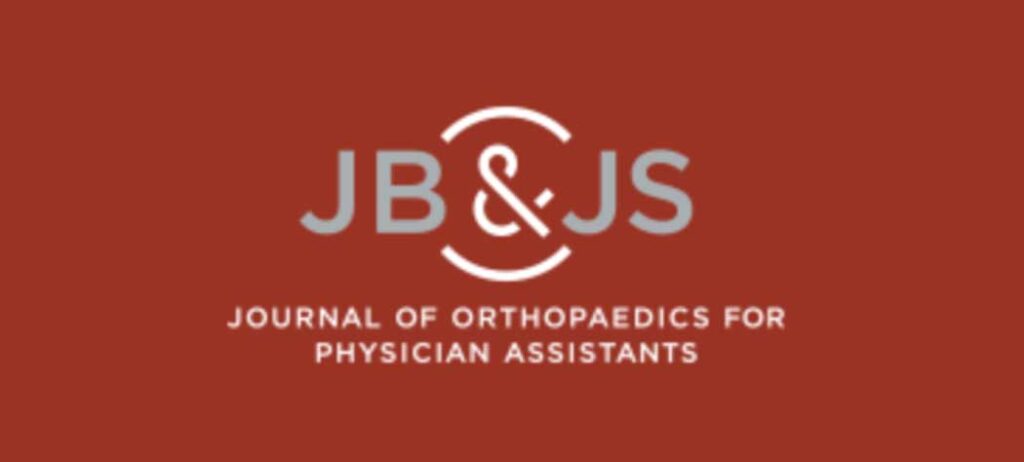
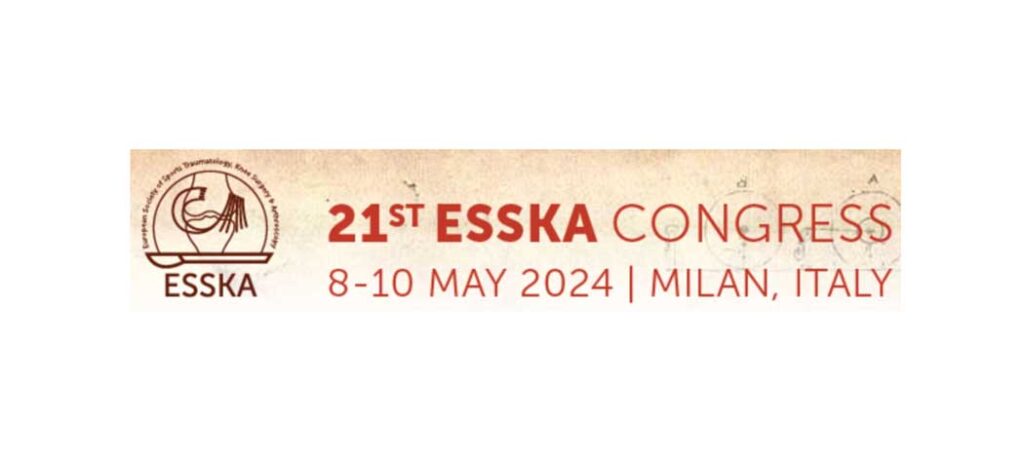
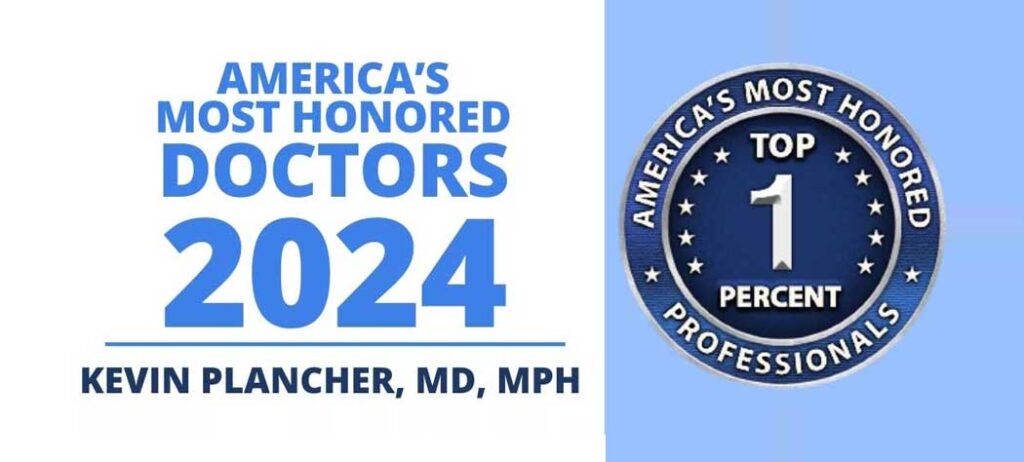
 William D. Murrell, MD
William D. Murrell, MD Thomas B. Evely, DO
Thomas B. Evely, DO Clifford Voigt, MD
Clifford Voigt, MD Karthikeyan Chinnakkannu, MD
Karthikeyan Chinnakkannu, MD Max N. Seiter, MD
Max N. Seiter, MD Demetris Delos, MD
Demetris Delos, MD Lauren M. Fabian, MD
Lauren M. Fabian, MD